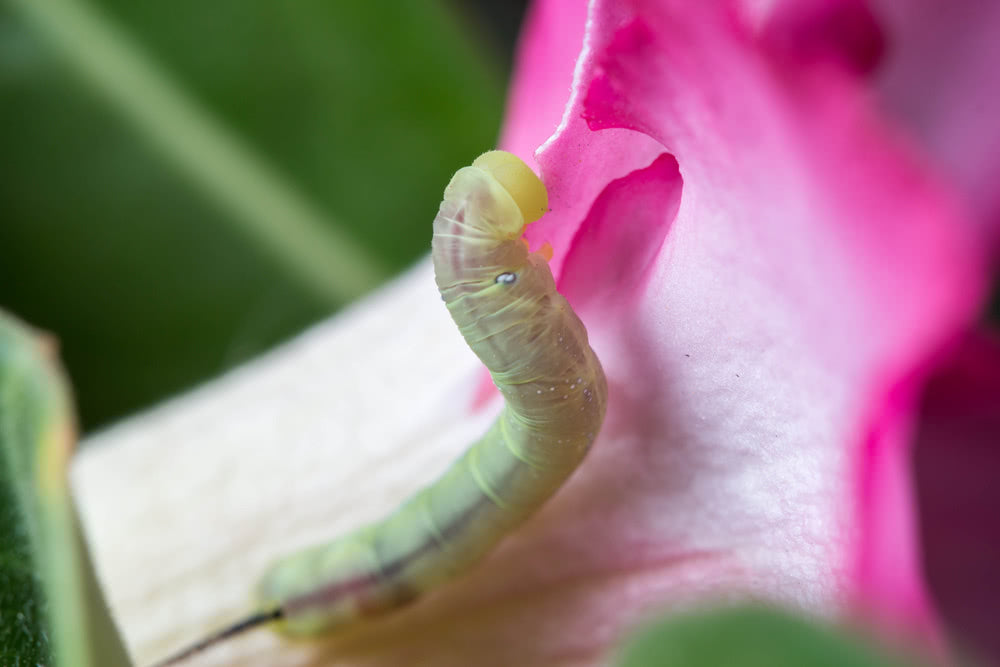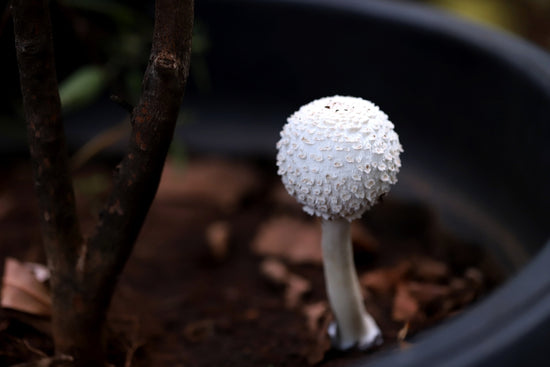1. Chewing insects
2. Sucking insects
3. Boring, mining & soil insects
Few plants easily attract pests. You can recognize different types of pests that physically damage the plants. They feed on plants and secrete a sticky deposit.
Below is the list of insects that can attack your plants.
Caterpillar:

Caterpillars are famished and attack the buds, stems and leaves of plants. Their continuous presence will weaken the plant, slowly leading to death. Caterpillars are leaf-feeding larvae of butterflies and moths that damage the plants by chewing its leaves and stems. You can prevent your plants from handpicking them individually and dropping them in soapy water.
Capsid Bugs:

They commonly attack young leaves, and newly smooth plant shoots (stems). These bugs can quickly spoil the overall look of the plant that can be prevented by spraying pesticide. They give the leaves a distorted appearance and come in a variety of species. They suck the sap and leave a toxic behind.
Chafers:

Chafer is a beetle that eats roots of the grasses or plants. They widely feed on the foliage.
Earwigs:

Earwigs are many species that look odd and have forceps and pincers bulging from their abdomen. They are neither poisonous nor spread diseases. Some of them only eat plant material, and some eat decaying vegetation, and few of the species are predaceous.
Ants:

Ants feed on the honeydew secreted by aphids and farm the aphids that make planting difficult for growers. They burrow the roots that further destroy the plants.
Aphids:

Several plants are more susceptible to aphids than others. They are often known as plant lice. This soft body insect can be greenfly, blackfly and whitefly. Due to the use of fertilizers that increase soft sappy growth, aphids are attracted where they may spread viral disease.
Eelworms: Eelworms attack a large variety of plants preventing them to flower. Infected plants should be burnt in a container, and then the container should be sterilized. They enter the leaves, stems and roots of plants and often attack in humid condition.
Slugs & snails:

They are commonly found in most of the gardens and feed upon the living plants. You can handpick them or surround the plants with broken egg shells or grit.
Vine weevil:

They eat leaves of plants and give holes or eaten appearance. These insects are very fast in eating the leaves. Maintaining a good hygiene and removing plant debris will reduce Vine Weevil attack.
Whitefly:

These small insects secrete honeydew on leaves, stems and fruits due to which sooty, grey colored molds appear. If they attack severely, plants may fall weak and stunted.












